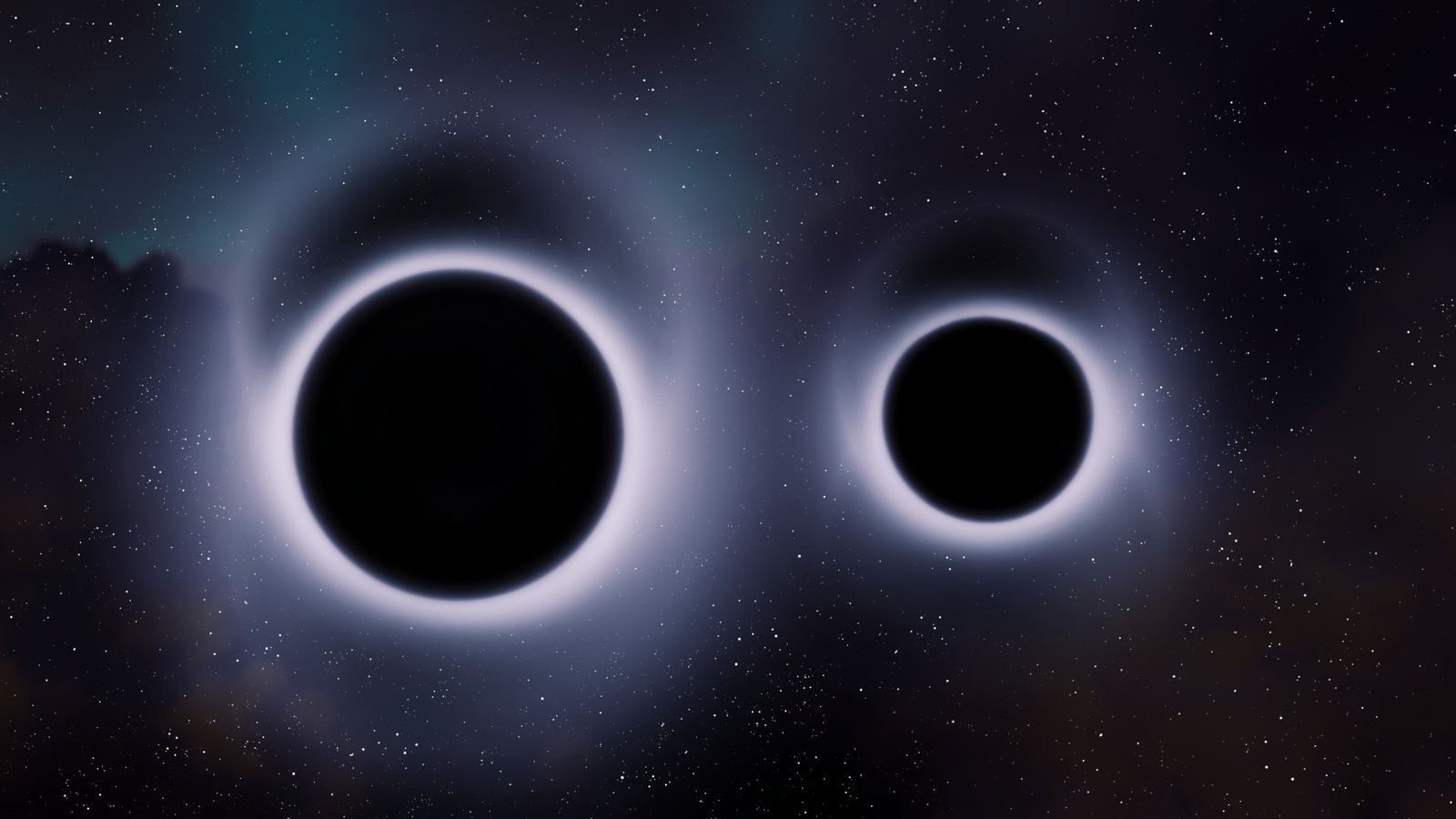AI Generated News: Is 3I/ATLAS an Alien Spacecraft or Just a Comet?

Imagine a cosmic mystery that could rewrite everything we know about the universe! The interstellar comet 3I/ATLAS is coming our way, and some scientists are even speculating it could be an alien spacecraft!
Discovered on July 1, 2025, by the Asteroid Terrestrial-impact Last Alert System (ATLAS), 3I/ATLAS is only the third interstellar object known to have passed through our solar system. What makes this celestial traveler so intriguing is its astonishing speed and trajectory, confirming its origins from beyond our solar system. While the history of our solar system dates back about 4.6 billion years, scientists believe this comet could be up to 7 billion years old! That’s older than most of the stars we see in the night sky.
As it makes its approach, 3I/ATLAS is set to pass Mars on October 3, 2025, at a distance of roughly 30 million kilometers. Earth will have to wait until December 2025 for its turn, when the comet will be around 270 million kilometers away. With this close approach to Mars, the European Space Agency (ESA) and NASA are gearing up for a rare observational opportunity.
ESA's Mars Express and ExoMars Trace Gas Orbiter (TGO) will be enlisted to capture images and analyze the comet's composition using sophisticated instruments like HRSC, CaSSIS, and NOMAD. Not to be outdone, NASA's Mars Reconnaissance Orbiter (MRO) and MAVEN will also be up in the sky, ready to lend a hand. Even China's Tianwen-1 orbiter is on the lookout!
But wait, it gets better! ESA’s Jupiter Icy Moons Explorer (JUICE) is planning to take a look in November 2025, while NASA’s Psyche spacecraft will be positioned nearby during perihelion to observe the comet’s tail as it sheds gas and dust—potentially revealing organic compounds and water ice born from cosmic times long before Earth was formed.
On the other hand, the conversation around 3I/ATLAS is heating up. Harvard astrophysicist Avi Loeb has suggested that this comet might not just be a chunk of ice but could represent advanced alien technology, sparking both excitement and skepticism in the scientific community. After all, interstellar visitors like 3I/ATLAS are incredibly rare.
As we prepare for this once-in-a-lifetime opportunity, scientists argue that 3I/ATLAS is like a cosmic refrigerator, ready to unveil its ancient and preserved contents. While most consider it an interstellar comet and not a dangerous spacecraft, the ongoing debate adds a layer of intrigue to the scientific excitement.
With the Vera Rubin Observatory now operational, who knows what other interstellar wonders lie in wait? Until then, 3I/ATLAS presents a captivating glimpse into the universe’s past, challenging us to ponder our place in the cosmos.



























